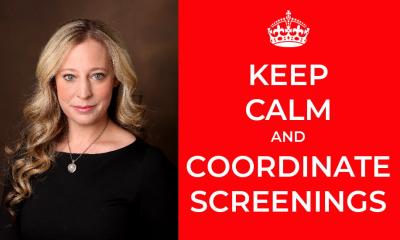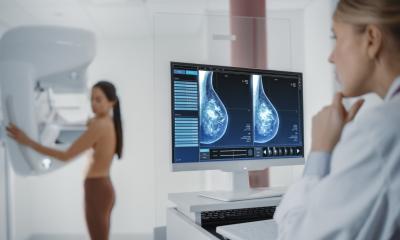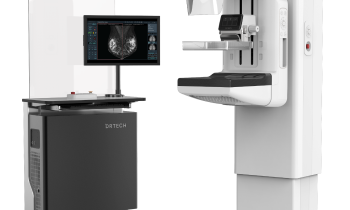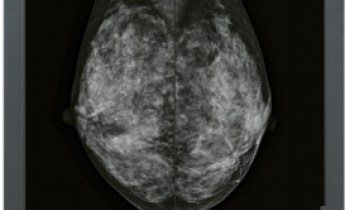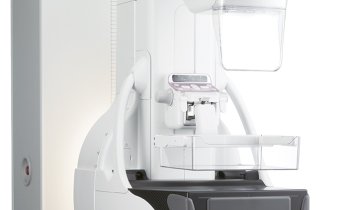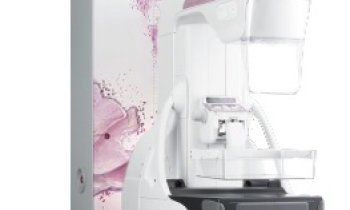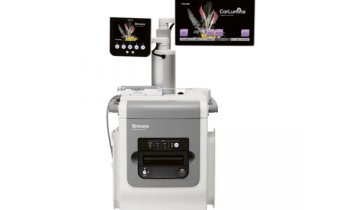© ATRPhoto – stock.adobe.com
Article • Management of escalating imaging workload
Breast cancer screening: growing with the challenge
When localised breast cancer is identified at an early stage, it is curable. Rising attendance in mammography screening programmes attest to the fact that women have gotten that message. However, the resulting workload increase is a growing challenge for many women’s imaging centres. At the 2025 SBI (Society of Breast Imaging) Symposium in Colorado Springs, USA, breast imaging specialist Stamatia V. Destounis, MD, discussed her practice’s coping strategies.
Special report: Cynthia E. Keen
Although the United States does not have a national programme, screening mammograms are on the rise there as well. In 2023, 79.8% of an estimated population of 70.9 million women aged 40-74 had at least one screening mammogram within a two-year period.1,2 This is an increase of 8.3% since 2015, when the percentage was 71.5% in a population of 67.4 million.3
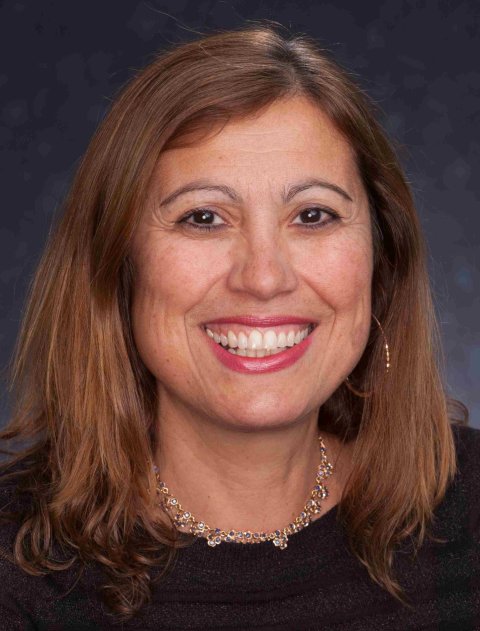
Image courtesy of Dr Destounis
There is currently a shortage of radiologists to read this increasing volume of breast imaging. Additional screening technologies, such as breast MRI and breast ultrasound, add to the imaging workload.
Between growing demand and rising costs
How are women’s imaging centres coping? To answer this question, Dr Destounis, breast imaging specialist and managing partner of the Elizabeth Wende Breast Care (EWBC) in Rochester, NY, first elaborated a bit on her workplace: EWBC is a private practice exclusively dedicated to breast imaging, with seven facilities serving a 200-mile radius in Western New York State. It has been a pioneering centre since its opening in 1975 as the first dedicated breast imaging centre in the US. In addition to facility expansion, the number of specialised imaging departments, the types of procedures, the number of radiologists, technologists and support staff, and the number of patients, have increased dramatically.
‘Our expansion is occurring for two main reasons,’ explained Dr Destounis. ‘Growing public awareness about the benefits of imaging is increasing demand for screening and diagnostic services. There also is a need for us to offer expanding services for women living in underserved rural areas in western New York who have limited or no access to quality breast radiology.’
The need to efficiently manage a large, multi-facility practice is also challenged by increasing overhead costs, and reductions in reimbursement for imaging exams from the US Centers for Medicare and Medicaid Services (CMS) for both Medicare and Medicaid patients and from commercial health insurance companies. Dr Destounis noted that CMS has increased reimbursement to physicians’ practices by 7% since 2001; however, costs to operate imaging centres in the US have risen by 59% since this time.
Recommended article
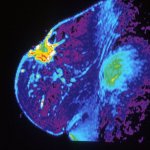
Article • Research, diagnostics, treatments
Focus on breast cancer
Breast cancer (breast carcinoma; often abbreviated as BRCA) is the most common cancer in women in many countries and the cancer with the highest mortality rate. The diagnostic and therapeutic options for breast cancer are correspondingly diverse. Keep reading for latest developments in early detection, staging, treatment and research.
Ensuring financial and operational efficiency
Dr Destounis said that thoughtful workflow design, detailed analysis of the needs of each individual facility, and optimising radiologists’ satisfaction are the pillars of maximizing Elizabeth Wende’s financial and operational efficiency.
Radiologists’ reading rooms are ergonomically designed to meet individual preferences, whatever they are. Reading rooms are located adjacent to examining and biopsy rooms. Conference rooms are also in close proximity. Every facility is designed so that a radiologist does not have to walk far.
Radiologists at EWBC exclusively interpret images, dictate reports, perform biopsies, and meet with patients as necessary. If the workload of diagnostic mammograms and non-routine imaging is heavy on a particular day, routine screening exams are handled by less busy radiologists at another EWBC facility or via teleradiology by two remote contract radiologists.
Dedicated medical assistants work with individual radiologists. They manage the radiologist’s daily schedule, triage patients before a physician sees a patient, do specimen prep and electronic paperwork, and verify that all prior patient reports and images are uploaded to PACS and are readily available for review.
Every staff member has clearly designed work roles and many are cross-trained. Redundancy is built in so that no exams need to be rescheduled, such as when a sole ultrasound technologist at a facility calling in because her child is ill and she cannot come to work. A backup plan facilitates another Wende staff member taking her place that day.
Don’t skimp on behind-the-scenes staff and make sure they are well trained
Stamatia V. Destounis
In addition to receptionist staff, EWBC maintains a dedicated call centre. Patients are automatically scheduled before they depart with an appointment for the following year. Nearly all patients (between 90% to 92%) return. A dedicated staff member monitors new appointments and new patient growth. Such monitoring enables the practice to plan staffing needs and expansion/modification of services 12 months in advance. Dr Destounis gave the example that this data could determine if one expert sonographer could cover two facilities, instead of needing to hire two sonographers on a part-time basis for each facility.
‘Operational staffing has to keep up with the demands of a growing practice,’ the expert warns. ‘Don’t skimp on behind-the-scenes staff and make sure they are well trained.’ These staff, among the 147 employees in 2024, handle medical records, billing, bookkeeping, transcription, patient recall, clinical research and outcomes, facilities management, and human resources. An administrator and a controller manage the operational team.
Dr Destounis strongly recommends that continuous quality improvement programmes be initiated and maintained. She also recommends that all staff should be frequently surveyed about new methods to mainstream a task. ‘These people are working in the trenches. They have great ideas. Foster a work environment where they are rewarded for recommending workflow, cost- and time-saving efficiencies, and operations management.’
References:
- National Institutes of Health National Cancer Institute. Breast cancer screening. Cancer Trends Progress Report. https://progressreport.cancer.gov/detection/breast_cancer. Accessed 14 October 2025.
- Statistica. Resident population of the United States by sex and age as of July 1, 2023. https://www.statista.com/statistics/241488/population-of-the-us-by-sex-and-age. Accessed 14 October 2025.
- United States Census Bureau. Age and Sex Composition in the United States: 2015. https://www.census.gov/data/tables/2015/demo/age-and-sex/2015-age-sex-composition.html. Accessed 14 October 2025
Profile:
Stamatia V. Destounis, MD, a breast imaging specialist and managing partner of the Elizabeth Wende Breast Care in Rochester, NY. A Distinguished Fellow of the American College of Radiology, she is the Chair of (ACR) Commission on Breast Imaging, Chair of the ACR Audit, and sits on the ACR Board of Chancellors. Dr Destounis is also the Chair of the RSNA Public Information Committee and Chair of the RSNA Annual Meeting Program Planning Breast Committee. Dr Destounis became both a Distinguished Fellow of the Society of Breast Imaging and received the Mary Grace Ryan Pillar of Hope Award from the American Cancer Society, both in 2010.
16.10.2025



